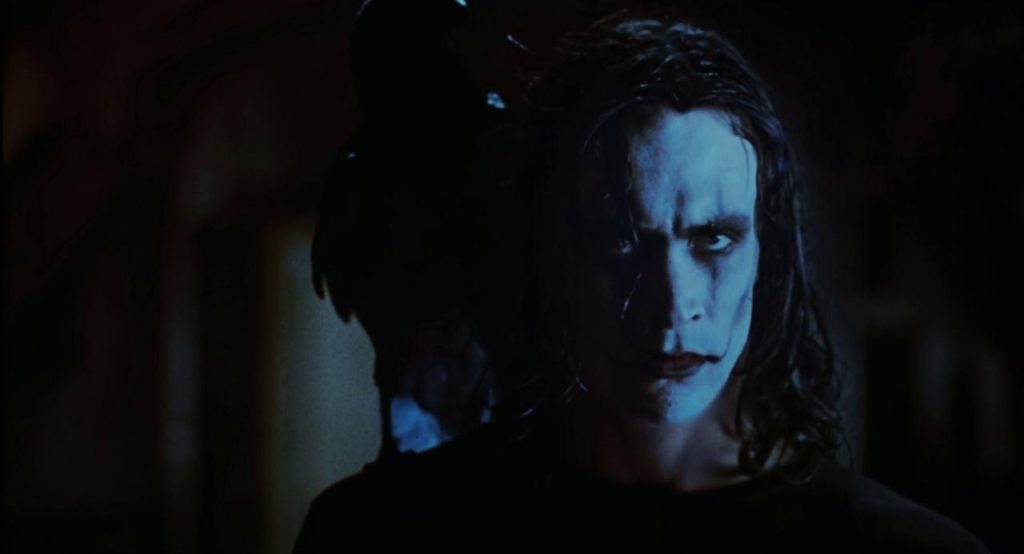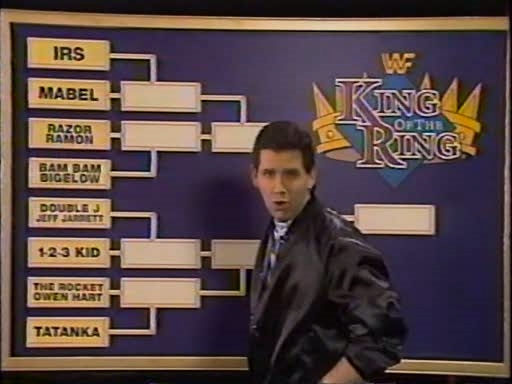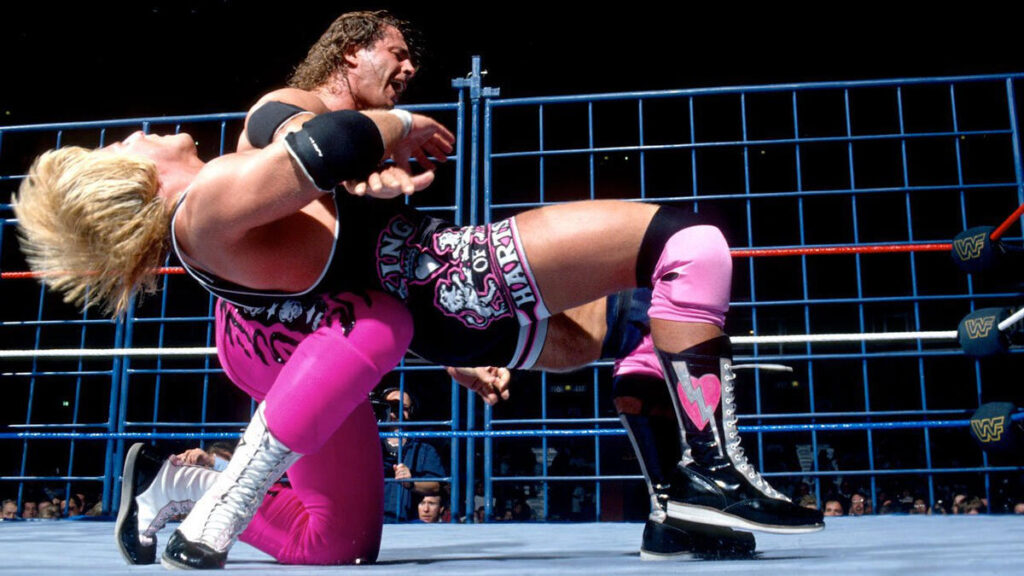“Beverly Hills Cop III” (1994): A Misfired Sequel in a Beloved Franchise – Film Review

Released in 1994, “Beverly Hills Cop III” marks the third installment in the popular Beverly Hills Cop series that helped cement Eddie Murphy’s status as a comedy superstar in the 1980s. Directed by John Landis, this sequel attempts to recapture the magic of Axel Foley’s earlier adventures but struggles to hit the mark, receiving mixed to negative reviews from critics and fans alike. Despite its attempt to blend action, comedy, and Murphy’s charismatic performance, the film falls short of the expectations set by its predecessors.
Struggling to Revive a Franchise
“Beverly Hills Cop III” revisits the character of Axel Foley, a wise-cracking Detroit cop, as he returns to Beverly Hills to investigate a crime that ties back to a theme park called Wonder World. The premise aims to provide a fresh backdrop for Foley’s antics, integrating action sequences with the vibrant setting of an amusement park. However, the shift in location from the urban streets to a more controlled, less plausible environment contributed to the film’s failure to resonate with audiences.
Behind the Scenes: Production Challenges
The production of “Beverly Hills Cop III” faced several challenges that impacted its development and reception. Director John Landis, known for his work on comedies like “Trading Places” and “Coming to America,” reunited with Murphy in an attempt to rekindle their successful collaboration. However, the chemistry and dynamic that had worked in the past did not translate well in this third installment. Conflicts during production, particularly concerning the script and comedic tone, led to a disjointed feel in the final product.
The script underwent numerous rewrites, with input from multiple screenwriters attempting to craft a story that balanced the comedic elements with a new setting. The final plot, involving a counterfeiting operation hidden within a theme park, was criticized for its lack of plausibility and failure to provide a compelling narrative drive.
Cast and Character Dynamics
Eddie Murphy’s performance as Axel Foley is, as always, energetic and charismatic. However, the script did not offer Murphy the same quality of witty dialogue and sharp character interactions that defined the first two films. The supporting cast, including Judge Reinhold reprising his role as Billy Rosewood, added some continuity to the series, but the new characters, particularly the villains and theme park employees, lacked depth and memorable traits.
Cinematic Techniques and Visuals
John Landis aimed to infuse “Beverly Hills Cop III” with a vibrant visual style appropriate for the whimsical setting of Wonder World. The cinematography and action sequences within the park are designed to be colorful and dynamic. However, critics and audiences noted that the action often felt forced and the integration of visual effects did not always support the story effectively. The film’s attempt at larger set pieces and more elaborate action was seen as a departure from the more grounded, character-driven scenes of the previous films.
Soundtrack and Score
The musical score of “Beverly Hills Cop III,” composed by Nile Rodgers, sought to capture the energetic spirit of the franchise with a blend of pop, rock, and electronic music. While the soundtrack featured some memorable tracks, it lacked the iconic impact of the original “Beverly Hills Cop” theme by Harold Faltermeyer, which had become synonymous with the character of Axel Foley.
Analyzing Key Scenes: Where “Beverly Hills Cop III” Missteps
“Beverly Hills Cop III” contains several scenes intended to be high points in terms of action and comedy, yet many fall flat due to a lack of the organic charm and wit found in the earlier films. One such scene involves a shootout in the theme park, which attempts to blend the comedic elements with high-stakes action. Instead of delivering thrilling comedy, the scene comes across as over-the-top and disjointed, failing to balance the tone that the previous films managed to strike.
Another notable scene is Axel Foley’s interaction with the theme park’s new characters, like the park’s security team and its operations manager. These interactions, meant to highlight Foley’s street-smart contrast to the more controlled environment, instead reveal the weaknesses in dialogue and character development. The comedic timing that was so effective in Foley’s banter with Rosewood and Taggart in the first two films is notably absent here, replaced by forced jokes and lackluster punchlines.
Behind the Camera: Directorial Vision vs. Production Reality
John Landis’s direction in “Beverly Hills Cop III” reflects a struggle between maintaining the series’ original flavor and injecting new creative elements. Landis, despite his previous successful collaborations with Eddie Murphy, was unable to recapture the same synergy in this project. The film’s production was reportedly rife with challenges, including disagreements over the script and the direction of the franchise, leading to a final product that lacked coherence and clear vision.
The production details reveal a deeper issue: the difficulty of continuing a franchise with fresh ideas while staying true to its roots. The inclusion of numerous writers and changing scripts during production often resulted in a storyline that lacked focus and depth, elements that were crucial in the success of the first two films.
The Role of Setting: Wonder World’s Impact
The choice of setting the majority of the film in a theme park was intended to offer a new and exciting backdrop for Foley’s adventures. However, this setting did not resonate well with the audience. Wonder World, meant to be a vibrant and dynamic location, often felt like a constrained space that limited the narrative’s potential rather than expanded it. This was a departure from the bustling urban environments of Beverly Hills and Detroit, which naturally lent themselves to the unfolding drama and comedy in the previous installments.
Soundtrack and Musical Elements
While Nile Rodgers is a respected composer and producer, the soundtrack of “Beverly Hills Cop III” could not replicate the iconic status of the original film’s score. The music, although competently composed, did not become a character in the film as the Harold Faltermeyer’s theme did in the first film. The soundtrack was less memorable, lacking the distinctive synthesizer motifs that had become synonymous with the cheeky and cunning nature of Axel Foley.
Reflecting on Audience and Critical Reception
The film’s reception highlighted the challenges of sequels in maintaining the quality and appeal of their predecessors. “Beverly Hills Cop III” serves as an example of how deviating too far from the original formula can alienate fans, while not innovating enough can lead to staleness. The critical and audience feedback was largely negative, with many pointing out that the film felt like a tired retread rather than a revitalization of the franchise.
The legacy of “Beverly Hills Cop III” within the context of the franchise is a mixed one. It is often cited as a clear example of the diminishing returns of sequels that lack clear creative direction and a strong understanding of what made the original films successful. For students of cinema and film production, it offers valuable lessons on the importance of cohesive creative vision, strong character development, and maintaining the delicate balance between innovation and tradition in sequels.
This deeper exploration into the film’s production background, character dynamics, and the broader impact of its setting provides a comprehensive understanding of why “Beverly Hills Cop III” struggled to resonate with audiences and critics alike.




